All Stories
-

-
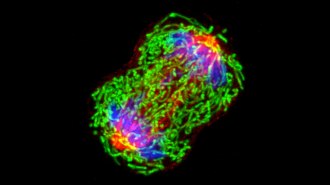 Health & Medicine
Health & MedicineCancer DNA is detectable in blood years before diagnosis
Tiny, newly formed tumors shed small fragments of DNA that are swept into the bloodstream. Future cancer screening tests could detect them early.
By Meghan Rosen -
 Health & Medicine
Health & MedicineWant to eat healthier? Add to your diet, rather than limit it
Nutrition experts say add more greens and beans to your diet; cooking classes can teach people to make these nutrient-dense foods taste delicious.
By Meghan Rosen -
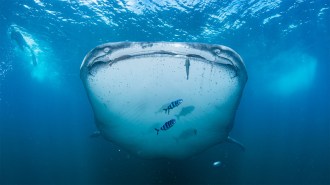 Animals
Animals50 years after ‘Jaws,’ sharks face their own terror
Humans have driven sharks and their cousins to the brink of extinction. The health of the entire ocean is at stake.
-
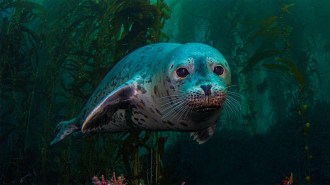 Animals
AnimalsU.S. seal populations have rebounded — and so have their conflicts with humans
Alix Morris’s new book, A Year with the Seals, explores humans’ complicated relationship with these controversial marine mammals.
-
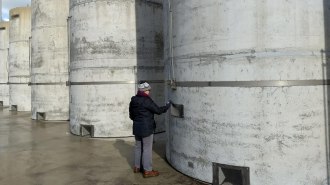 Science & Society
Science & SocietyA Supreme Court ruling on nuclear waste spotlights U.S. storage woes
Court ruling allows interim nuclear waste storage in Texas, but the U.S. still has no long-term plan for its 90,000 metric tons of spent fuel.
-
 Health & Medicine
Health & MedicineSummer is a great time to protect your hearing
Concerts, fireworks and other hallmarks of summer can hurt your hearing long-term. But there are safe ways to enjoy them.
-
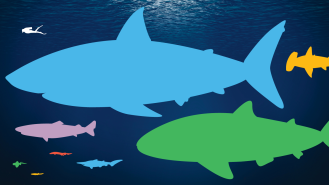 Animals
AnimalsCompare shark sizes on our infographic
As Jaws celebrates its 50th anniversary, Science News explores the vast range of shark sizes, from megaladon to the dwarf lanternshark.
-
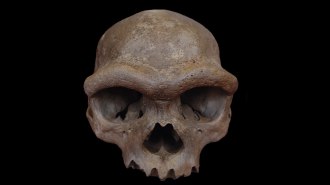 Anthropology
Anthropology‘Dragon Man’ skull may be the first from an enigmatic human cousin
Ancient proteins and DNA may peg a 146,000-year-old Chinese skull as the most complete fossil to date from Denisovans, a puzzling line of Asian hominids.
By Bruce Bower -
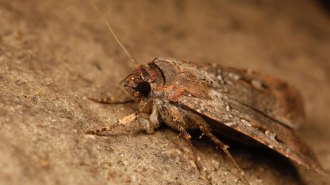 Animals
AnimalsThis moth species may use the Milky Way as its guiding star
Bogong moths migrate up to 1,000 kilometers from Australian plains to mountain caves to escape the summer heat. The stars may help them get there.
-
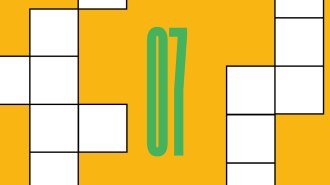
Baby’s First Words Crossword
Solve our latest interactive crossword. We'll publish science-themed crosswords and math puzzles on alternating months.
By Shannon Rapp and Erica Hsiung Wojcik -
 Science & Society
Science & SocietyHow attacks on evolution in classrooms have shifted over the last 100 years
Since the Scopes trial in 1925, Science News has reported on legislative attempts to undermine the teaching of evolution.
By Erin Wayman